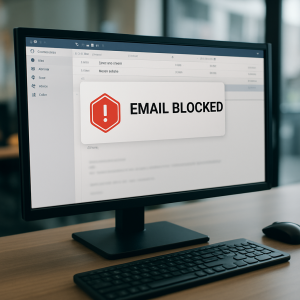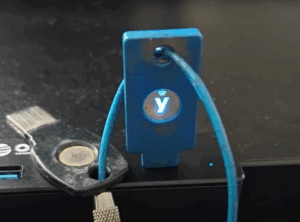Ransomware Is No Longer Just a Big Business Problem
Most headlines talk about massive companies and data breaches, but the real danger is much closer to home. The majority of ransomware attacks are now hitting businesses with fewer than 500 employees. Small companies are in the crosshairs more than ever.

Why Criminals Focus on Smaller Companies
It comes down to two things. Smaller companies typically have less money dedicated to security, and they have fewer people managing their technology. That combination makes them easier to exploit.
An attacker doesn’t need to be sophisticated. If they find a business using outdated systems or untrained staff, it takes very little effort to lock things down and demand a payment.
These operations aren’t flashy. They’re quiet, targeted, and increasingly common.
How Long Could You Keep the Doors Open
A recent survey of over one thousand small and medium-sized companies uncovered something unsettling. Most didn’t know how long they could stay open if ransomware took down their systems.
Some said they could hold out for a week. Others said a few days. For many, it wasn’t about long-term recovery. It was about whether they could recover at all. This isn’t fear-mongering. It’s a real risk with real consequences. And most companies only realize that once it’s too late.

What You Can Do Without Breaking the Budget
Security doesn’t have to be expensive. There are simple tools and habits that can change the outcome if something goes wrong. Here’s where to begin:
- Strong security software that protects all your devices from known threats
- Filters that keep suspicious emails from reaching your staff
- Routine updates so your software and systems don’t become an easy target
- Backups that save your data offsite in a way that no one can change or delete
- Regular training sessions to help your team recognize warning signs
- Simulated phishing tests to see how your team responds in a safe environment
These aren’t difficult to set up, and you don’t have to manage them on your own. The right technology partner can handle these steps for you or guide your team along the way.
A Real Plan Starts With Knowing Where You Stand
If you’re not sure how your business would respond to a ransomware attack, now is the time to find out. That doesn’t mean you need to overhaul everything. It means taking the first step.
Talk to someone who understands the threat. Ask questions. Look at what you have in place and where the gaps are. Most importantly, take action before a criminal forces your hand.
You don’t need to be the biggest or the most advanced to be secure. You just need to be ready.




